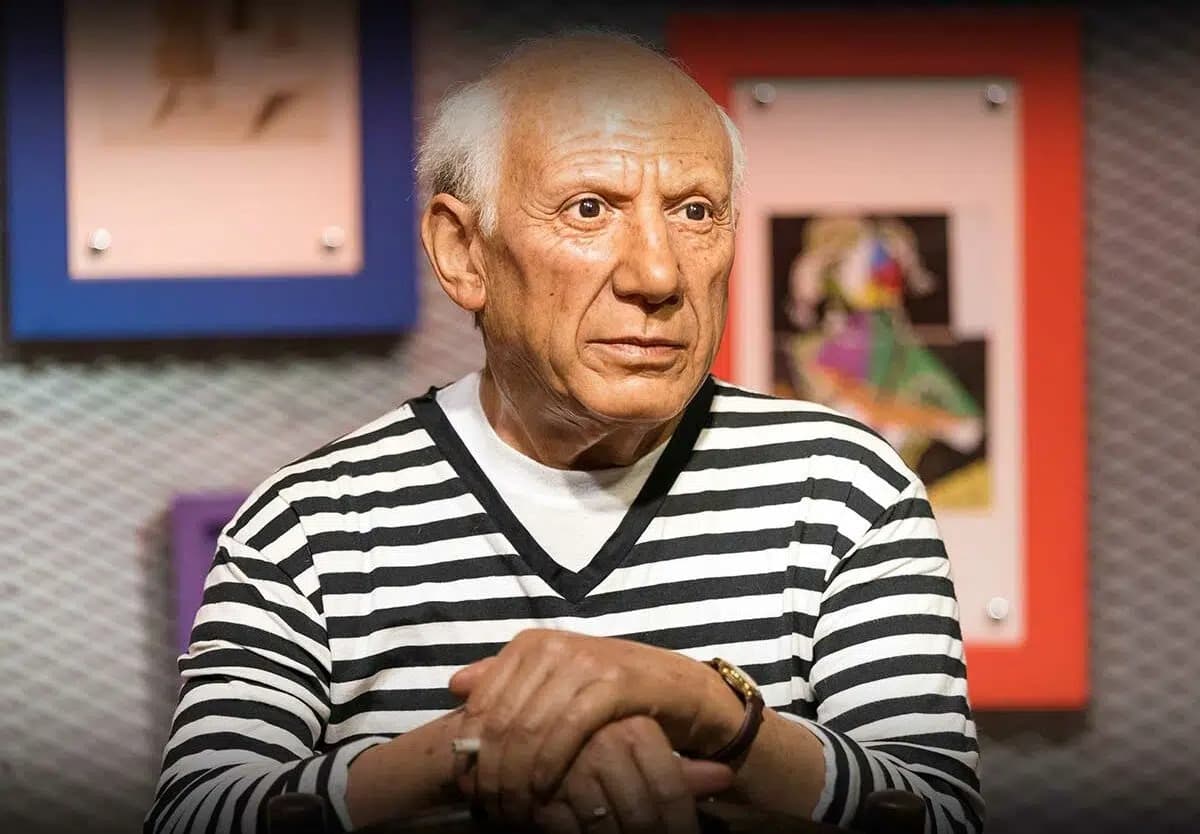

Pablo Picasso
- Kamran Hacıyev

- 18 Aug, 2023
- 2 dəq

Pablo Picasso: The Revolutionary Artist Who Redefined Modern Art
Pablo Picasso, one of the most influential artists of the 20th century, was born on October 25, 1881, in Malaga, Spain. His groundbreaking work and innovative approach to art revolutionized the way people perceive and create art.
Early Life and Artistic Beginnings: From a young age, Picasso displayed a remarkable talent for drawing. His mother recognized his artistic abilities and encouraged him to pursue his passion. Picasso's father, an art teacher, also played a significant role in nurturing his talent.
At the age of seven, Picasso received formal art training, and by the time he was a teenager, he was already producing exceptional works of art. His early artistic style reflected his fascination with realism, and he excelled in capturing the world around him with incredible detail.
The Blue Period: In his early twenties, Picasso moved to Paris, where he encountered a thriving art scene that inspired him to experiment with different styles. During the Blue Period (1901-1904), Picasso's work took a melancholic turn, reflecting themes of poverty, loneliness, and sorrow. The color blue dominated his paintings during this period, evoking a sense of sadness and introspection.
The Rose Period: After the Blue Period, Picasso entered his Rose Period (1904-1906), during which he shifted to warmer colors and depicted circus performers and harlequins. This phase marked a transition towards a more optimistic and vibrant style, but it was only a glimpse of the artistic evolution that lay ahead.
Cubism and a New Artistic Language: In the early 20th century, Picasso, along with Georges Braque, developed a revolutionary art movement known as Cubism. This groundbreaking style shattered traditional notions of representation by depicting subjects from multiple viewpoints simultaneously. Objects were deconstructed and reassembled in abstract and geometric forms, challenging viewers to see the world in a new light.
Picasso's masterpiece "Les Demoiselles d'Avignon" (1907) is considered one of the foundational works of Cubism. The painting features distorted and fragmented forms, marking a significant departure from traditional artistic conventions.
The Many Faces of Picasso: Throughout his career, Picasso continued to push the boundaries of artistic expression, experimenting with various styles and techniques. He was a prolific artist, producing an estimated 50,000 artworks, including paintings, sculptures, ceramics, drawings, and prints.
In addition to his pioneering role in Cubism, Picasso also dabbled in other artistic movements, such as Surrealism and Expressionism. His ability to constantly reinvent himself and explore new artistic avenues set him apart as an innovative and daring artist.
Legacy and Impact: Picasso's influence on modern art cannot be overstated. His groundbreaking ideas and creative brilliance laid the foundation for numerous art movements that followed, shaping the course of 20th-century art. His work continues to inspire artists and art enthusiasts worldwide, and his contributions to the art world are celebrated in museums and galleries around the globe.
Pablo Picasso's artistic journey serves as a testament to the power of creativity and the limitless possibilities of human expression. His ability to challenge conventions and reshape the art landscape solidifies his place as one of the most important and enduring figures in the history of art.





